Cycling fans only see cyclists and their successes, but many people are helping them on the way to the top. Teams are made up of a huge number of people who we don’t even know are on the payroll but who are crucial to its functioning.
World Tour cycling teams consist on average of 31 cyclists, 9 sports directors, 4 coaches, 12 mechanics, 14 soigneurs, 5 doctors, 4 physiotherapists, 3 chefs, 2 nutritionists and 3 bus drivers. About 12 other people are working in the office. The number of employees is lower in lower-level teams.
It is interesting to look behind the scenes of the teams. You realize the system is driven by far more people than we imagine. Below, I will present who the teams employ and how the numbers vary at different levels.
Who makes up a cycling team?
The best cycling teams employ around 100 people. The cyclists are the biggest part of the team, but behind the scenes, there are many team members without whom the team would not function.
Let’s break down the cycling team.
The number of employees and their ratio varies according to the level at which the team competes. World Tour teams (the highest level) have the most employees, while Continental teams (the lowest level) have the least.
Below you can find a table where I have broken down the employment structure of the World Tour (WT), Pro Continental (PCT) and Continental teams (CT). The table shows the average number of employees in each position.
| WT | PCT | CT | |
|---|---|---|---|
| Cyclists | 31 | 25 | 14 |
| Management | 1 | 1 | 1 |
| Sports directors | 9 | 4 | 2 |
| Coaches | 4 | 2 | 1 |
| Doctors | 5 | 2 | 1 |
| Therapy department | 4 | 3 | 0 |
| Mechanics | 12 | 6 | 2 |
| Soigneurs | 14 | 5 | 1 |
| Chefs | 3 | 1 | 0 |
| Nutritionists | 2 | 0 | 0 |
| Bus drivers | 3 | 1 | 0 |
| Other (Logistic, Administration, PR…) | 12 | 6 | 2 |
| TOTAL | 100 | 56 | 24 |
Cyclists
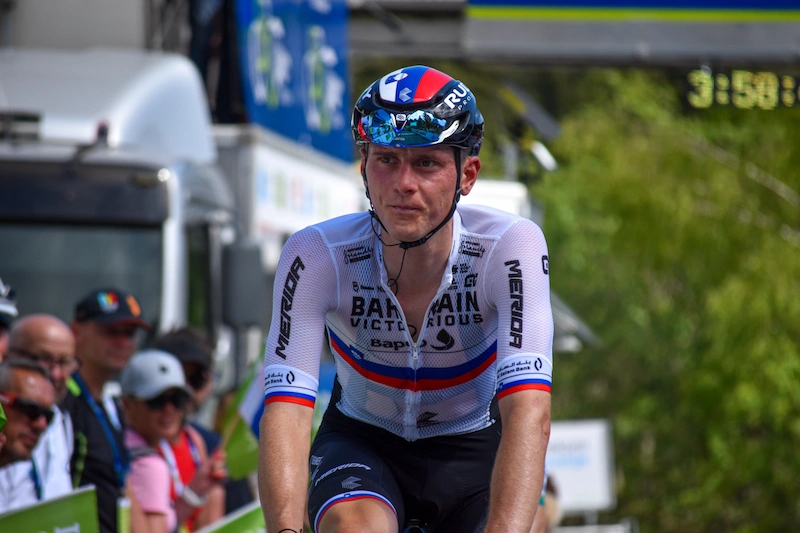
Cyclists represent almost a third of all employees in the team. They are undoubtedly the most important part of the team as all other employees work for their success. At the same time, they are also the most visible part of the team, the ones that encourage the fans to support the team. As a result, they are also the team’s highest-paid employees.
The number of riders in a team varies greatly depending on the level to which the team belongs. World Tour teams have the most riders, as they also compete in the most races per year. As the races are held simultaneously all over the world, teams need to have more riders to compete at the same time.
World Tour teams have, on average, 31 cyclists on a roster, while Pro Continental teams have six fewer. The Continental teams have 14 cyclists on payroll, but the number varies widely between teams around the world. More professional Continental teams have up to 20 riders, while amateur teams have ten riders, which is the minimum number allowed.
Management
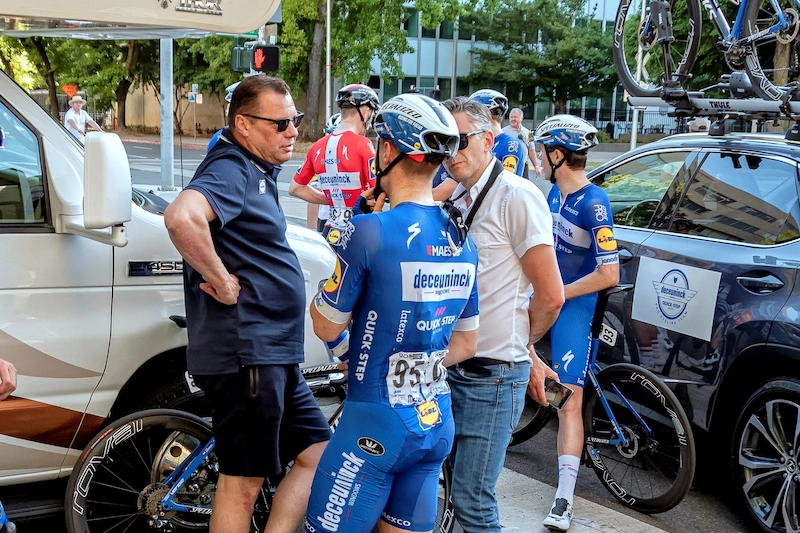
Every team, organization or company has a manager, and cycling teams are no different. They are usually run by an individual manager, but some teams have two or even three managers.
A general manager is the team boss who makes all the shots. He or she negotiates deals with sponsors, oversees the team’s budget, decides which cyclists and other staff are being signed by the team and so on.
The number of general managers does not vary much depending on the level of competition. Most teams have one manager, only some continental teams have none. A team representative thus takes his place.
Sports directors
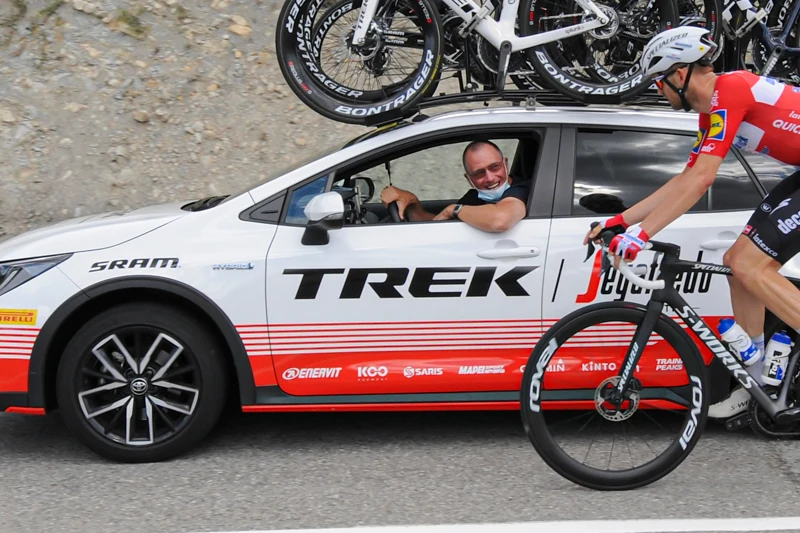
Cyclists race alone but are constantly guided from the team car. This is the job of the sports directors.
These staff members carry a lot of responsibility in the race. Before the race, they prepare tactics and determine the individual roles of the riders. Depending on what is happening during the race, they adjust their tactics and make decisions that can turn the course of the race in their favor or completely ruin the team’s day.
Sports directors are the equivalent of the basketball team’s head coach or soccer manager. They are often former professional cyclists who wanted to stay involved in cycling after their careers.
Teams usually send two sports directors to the biggest races. Because World Tour teams race the most, often even in two or three races on the same day, they have the most sports directors. On average, they employ nine sports directors, one of whom is the chief sports director.
Pro Continental teams have more than half fewer sports directors. On average, only four sports directors are on a team, but the best Pro Continental teams have seven or eight sports directors.
Continental teams have the least sports directors – only two. But often, these sports directors aren’t just sports directors but also act as mechanics, masseurs or other roles that the team needs.
Coaches
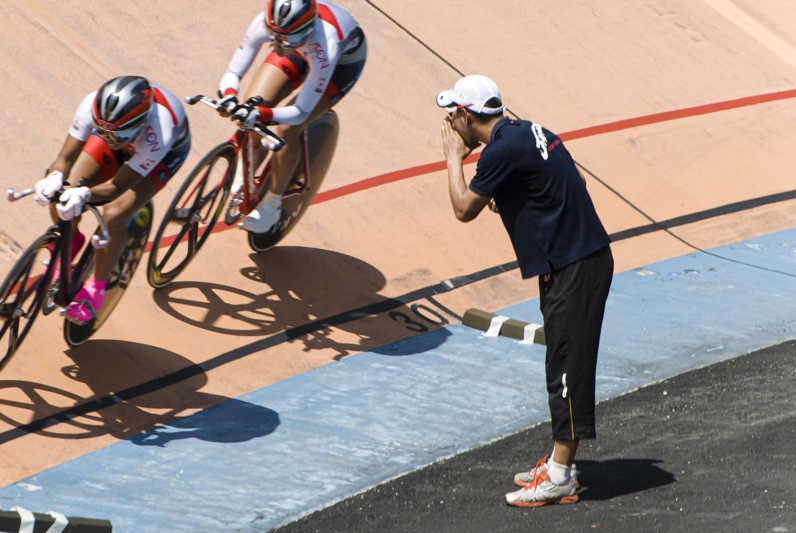
Coaches are a crucial part of every cycling team but are often overlooked by the public. Many cycling enthusiasts think that sports directors coach professional cyclists, but that’s not the case.
Coaches plan training sessions for cyclists, which riders often do on their own. Once they’ve completed a workout, they send the data to a coach, who analyses it and uses it to plan future training sessions.
Coaches rarely participate personally in training. From time to time, you can only see them motor-pacing cyclists, but most of the time, cyclists are left to their own.
Therefore, teams don’t have to have many coaches. World Tour teams only have four coaches that oversee all of the 31 cyclists on the team. Pro Continental teams have two coaches, while Continental teams only have one, who is often also a sports director.
Doctors
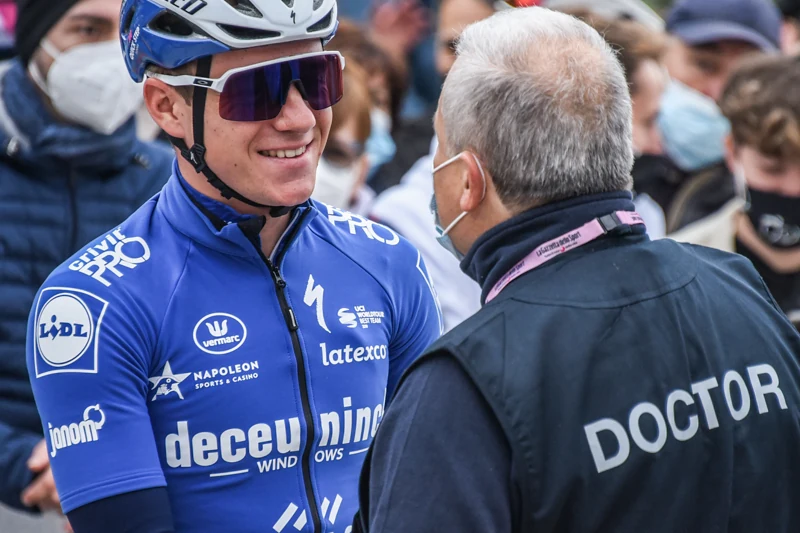
Unfortunately, injuries are a part of the sport. Anyone who’s involved in a sport long enough will suffer some injuries.
Professional cyclists are even more vulnerable to injury as they spend much more time on the bike than the average person. And when injuries happen, someone has to treat them. That’s why cycling teams have doctors who can closely monitor injuries from the day they happen to the day they heal.
World Tour teams have the most cyclists, so they also deal with the most injuries. As a result, they also have the most doctors on staff. On average, there are five doctors on the World Tour team.
Pro Continental teams have two, but they hire external doctors if needed. The same goes for continental teams, which only employ one doctor.
Therapy department

If doctors treat injuries, the therapy department tries to prevent them. Cycling teams put a lot of time and money into injury prevention, as only healthy cyclists can compete for wins.
The therapy department consists of osteopaths, physiotherapists and psychiatrists. The ratios vary from team to team, but most have at least one representative from each discipline.
- Osteopaths focus mainly on the joints and their mobility, which can be affected after a few days of racing or an accident.
- Physiotherapists deal with muscle pains and other problems that occur after staying in a not-so-comfortable position for a few hours. Cyclists often face lower back pain, neck pain and knee pains.
- A psychiatrist is a fairly new addition to cycling teams. Only in recent years has it been publicly accepted that athletes also have psychological problems that affect their performances. That’s why cyclists have a psychiatrist on their team to help them overcome their psychological issues.
World Tour teams have, on average, four members in the therapy department, but the biggest teams often have much more. Pro Continental teams have only three employees in the therapy department, while most Continental teams don’t have a therapy department at all.
Mechanics

Without mechanics, cyclists would not go very far. Mechanics keep bikes in tip-top shape, allowing riders to convert as much power into speed as possible. The bike must minimize friction and drag while at the same time stopping the rider at every moment. Only a well-maintained bike can do this.
The mechanics set up and repair all the riders’ bikes before each race and before each stage. They also change the cassette if needed, re-tape the handlebar and clean the bike. Remember, only a clean bike is a fast bike.
Mechanics work within a narrow time window, as stages typically finish around 5.30 PM, and teams are in the hotels a few hours later. So they have to work into the night to get everything done.
It’s no surprise that all the bikes can be set in a few hours only if more mechanics are working simultaneously. That’s why mechanics are one of the largest team departments.
On World Tour teams, you usually find around 12 mechanics, while Pro Continental teams can only afford six. Expectedly, the least mechanics are on Continental teams, with an average of only two mechanics per team.
Soigneurs
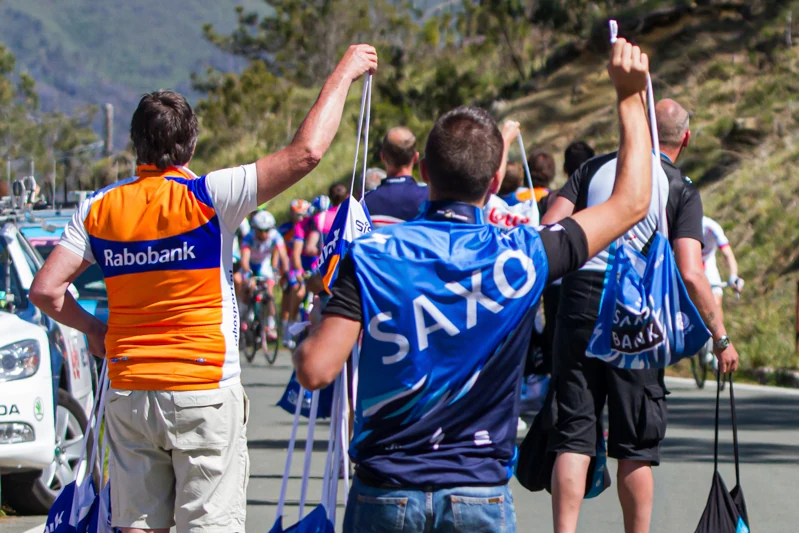
Soigneurs are the most versatile staff members. They do many different jobs, and teams use them where they need them.
Giving a massage? Soigneur. Preparing food for the race? Soigneur. Filling water bottles? Soigneur. Handing food to cyclists mid-race? Soigneur. Taking care of cyclists after the finish? Soigneur.
They are the most helpful staff members but have the least defined job in a team. They do what needs to be done. And with so many different tasks, their days at the races tend to be very long.
World Tour teams have 14 soigneurs on a payroll. However, they often hire some local people to help with food distribution during the race, as there’s no way only soigneurs could handle it due to the speed at which the peloton moves.
Pro Continental teams have five soigneurs and employ local people. Mechanics, the therapy department and others are also often involved in the food and water distribution during the race.
Continental teams only have one soigneur. Therefore they rely heavily on other staff members as well.
Chef
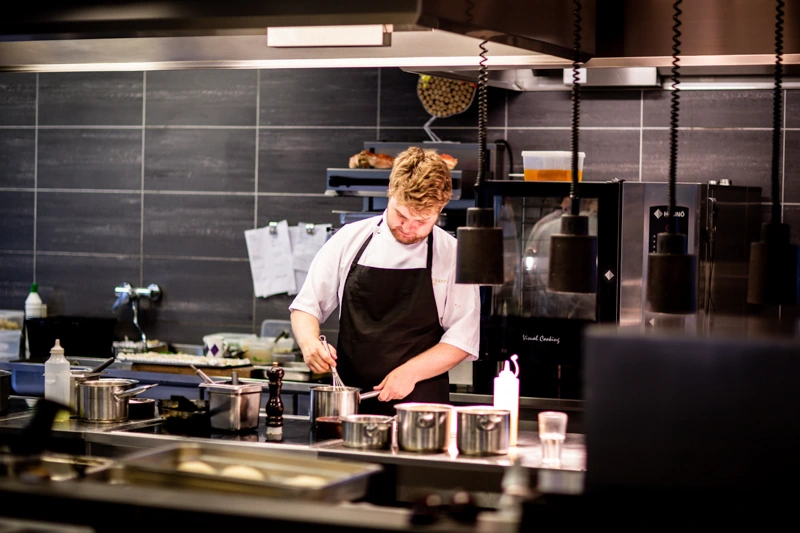
There was a time when cyclists were eating whatever they wanted, wherever they wanted. Those times are long gone, and nutrition has become essential to cyclists’ race preparation.
Teams have begun hiring chefs to prepare healthy and nutritious meals before and after races. They were no longer dependent on the hotel food, which was often far from what cyclists needed. The teams thus gained complete control over another aspect of cycling, without which we can no longer imagine the sport these days.
World Tour teams have three chefs but can temporarily hire some more when the racing schedule gets busier. Pro Continental teams have only one chef employed full-time, while Continental teams don’t have any.
Nutritionists

Chefs know how to prepare food, but someone has to tell them what to cook. Enters nutritionist.
Nutritionists overlook every single bite that cyclists take. Each meal is planned, with precise amounts that the cyclist can consume based on energy expenditure.
However, nutritionists don’t overlook only breakfast and dinner but also plan a nutritional strategy during the race. That’s even more important, as insufficient energy intake during a race can have catastrophic consequences. You can partially compensate for a wrong diet in a hotel during a race, but you can’t make up for missed energy intake on the bike.
World Tour teams were the first to employ nutritionists and are still the only teams to actually employ them. Usually, they employ two nutritionists. Some have them on a part-time deal, but they stay with the team throughout the season. Pro Continental and Continental teams don’t have full-time nutritionists on the team.
Bus drivers

The staff member who surprised me the most was a bus driver. It’s logical that cycling teams have them, but it’s one of those jobs in a team you don’t really think about.
You probably figured out what bus drivers do. They drive a bus. Shocking, I know.
World Tour teams count on three bus drivers, while Pro Continental teams have one. Continental teams don’t have bus drivers as they rarely even own a bus. Their usual means of transport is a van.
Other employees
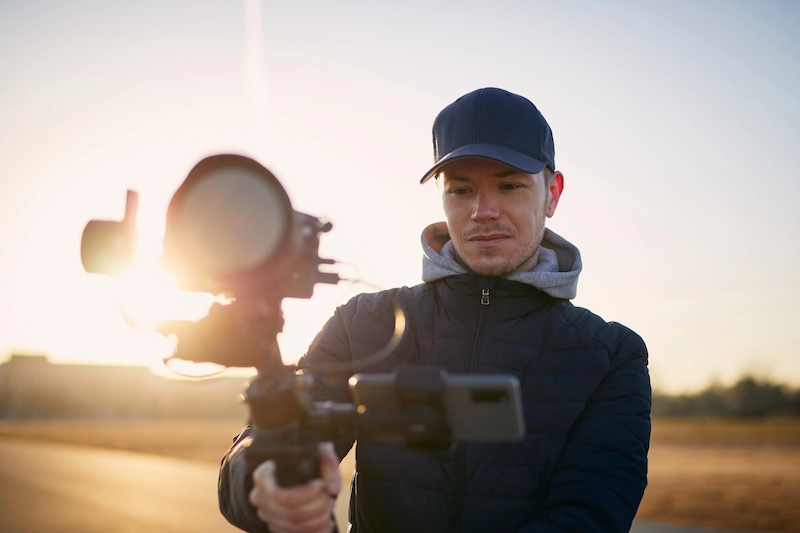
Teams have even more staff than presented above. There are many people you don’t see in a race and never have contact with. But they exist and are crucial for every team and its public image.
These are the following staff members:
- Photographer
- Videographer
- Designer
- Social media manager
- Public Relations manager
- Press officer
- Logistic manager
- VIP driver
- Marketer
- Secretary
- Lawyer
Not all teams have all of the above staff. Some have one, and some have another, but the biggest teams tend to have all of them.
World Tour teams have an average of 12 employees from the list above, Pro Continental teams six and Continental teams only two.
Conclusion
Cycling teams are much more than just cyclists. There are another 70 people that work towards the common goal – winning a race.
Each employee is a crucial cog in a machine that is a cycling team. Without mechanics, cyclists could not race. Without soigneurs, they wouldn’t have food during a race. Each member must do their job correctly if a team wants to compete at the highest level.
Expectedly, the number of employees in lower-ranking teams is smaller. They have a smaller budget and don’t compete at as many races, so the overall operation is reduced.
So, the next time you cheer for a rider and celebrate his success, think about who all played a part in the victory.

